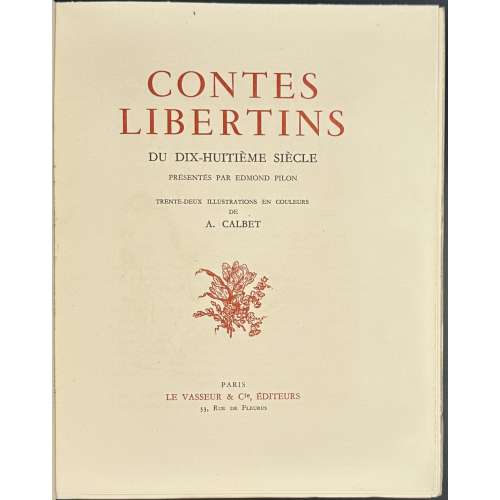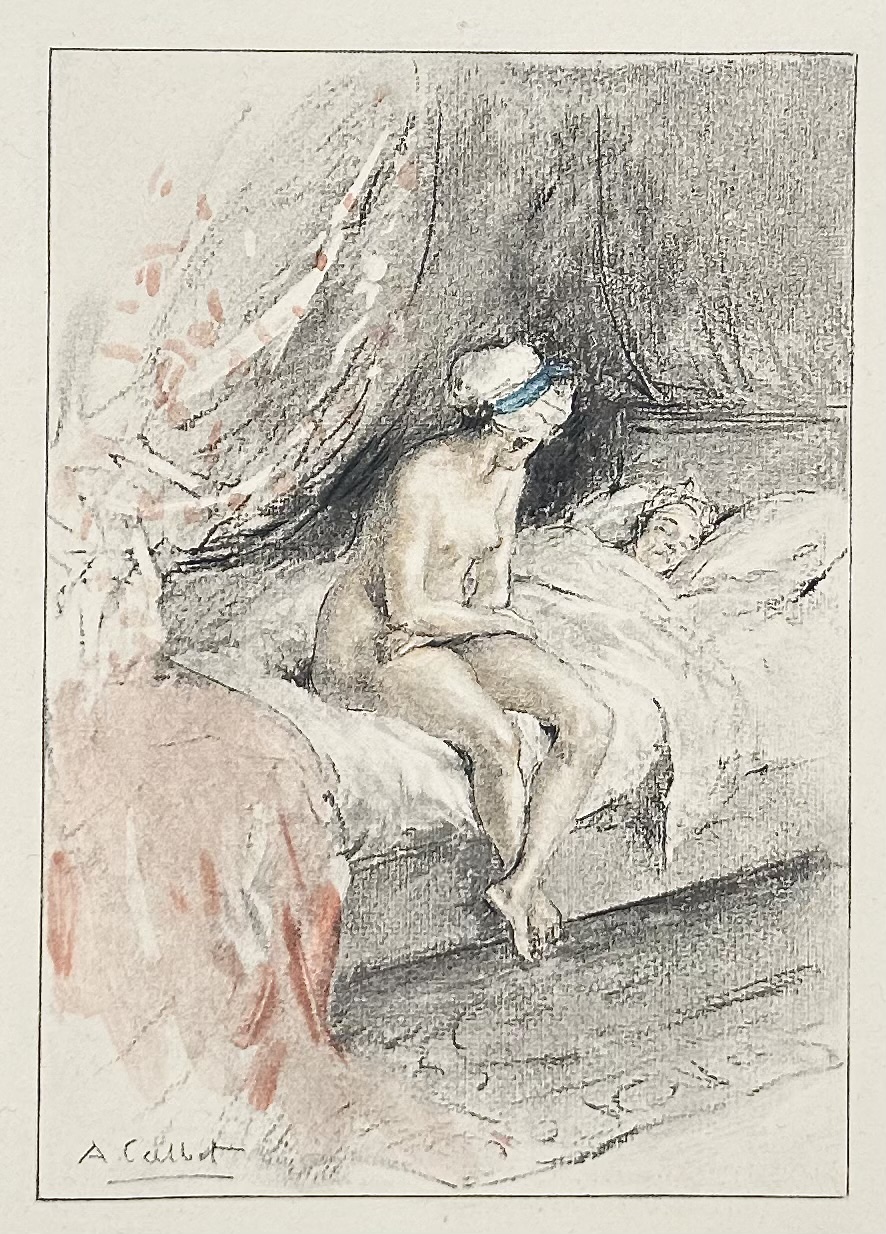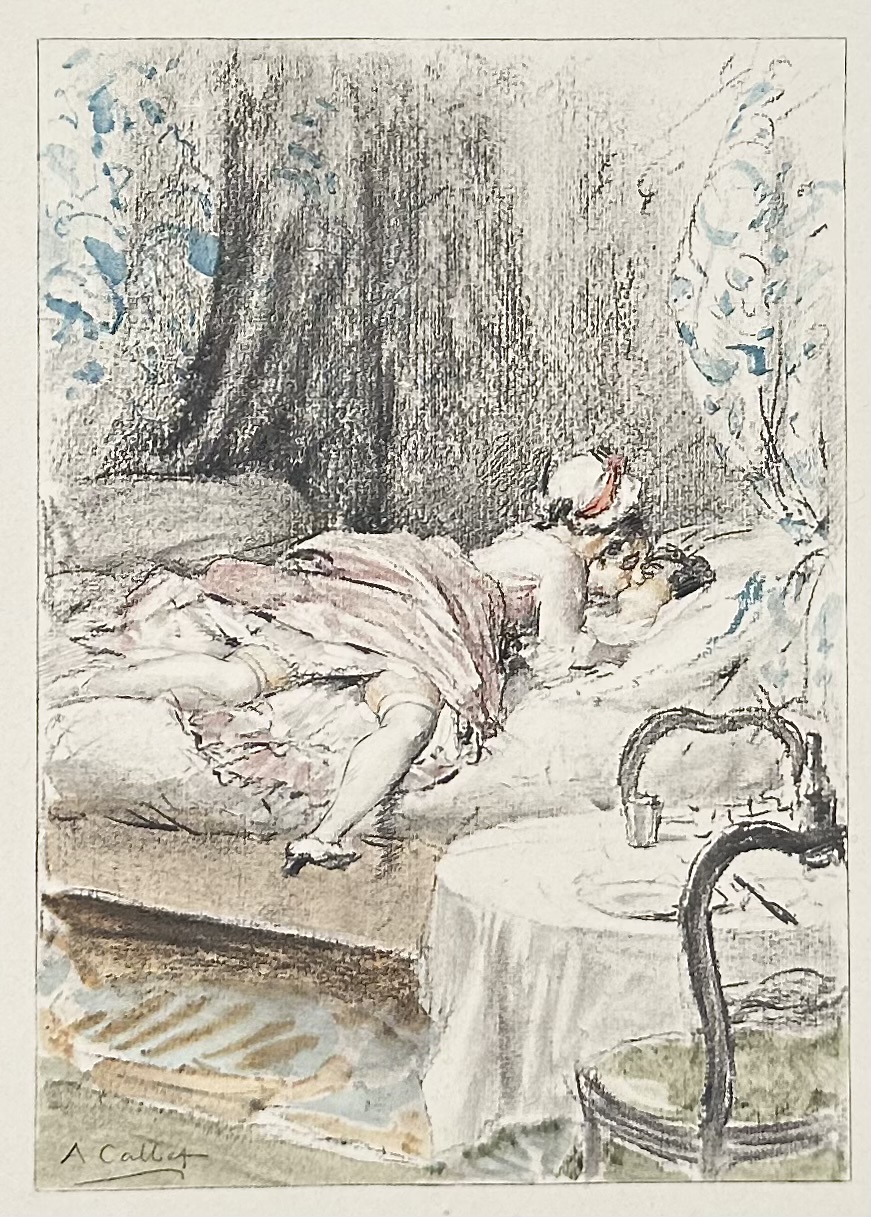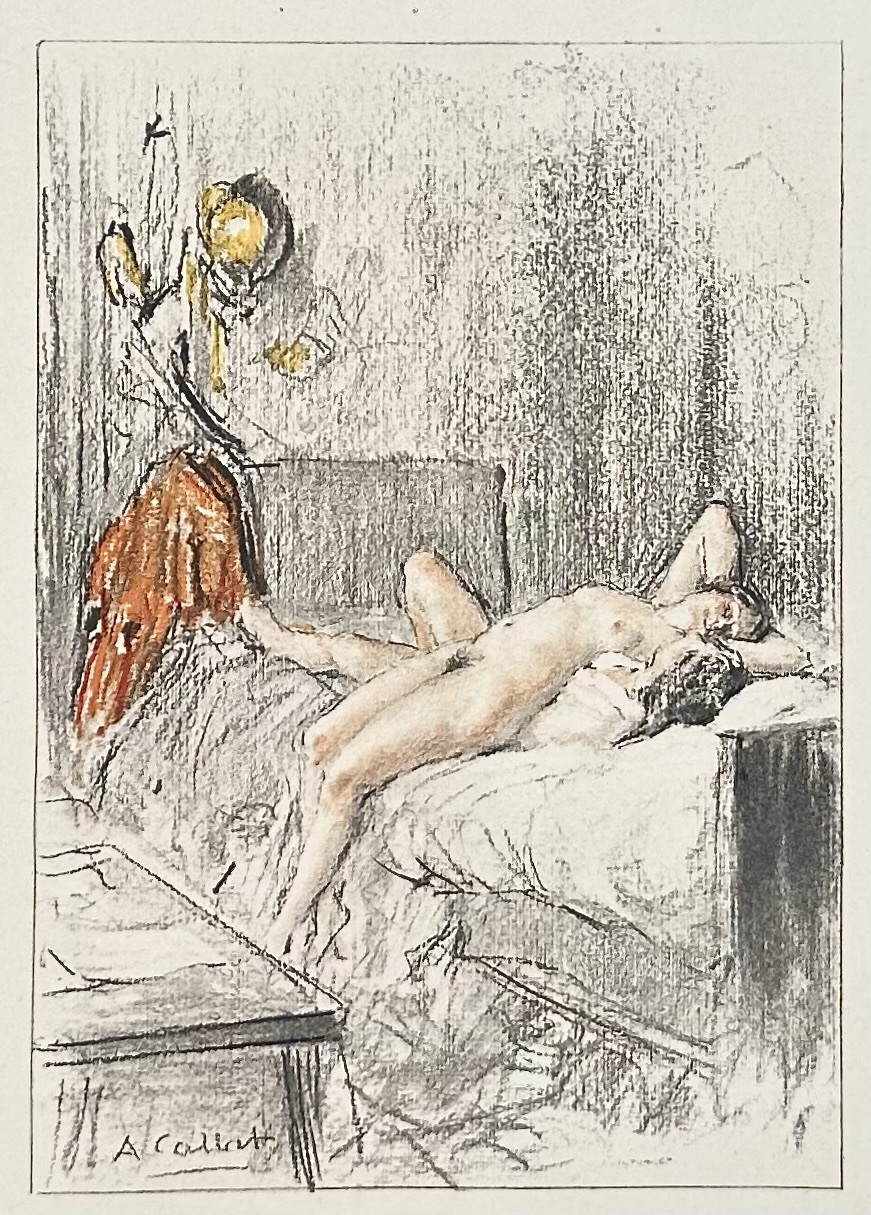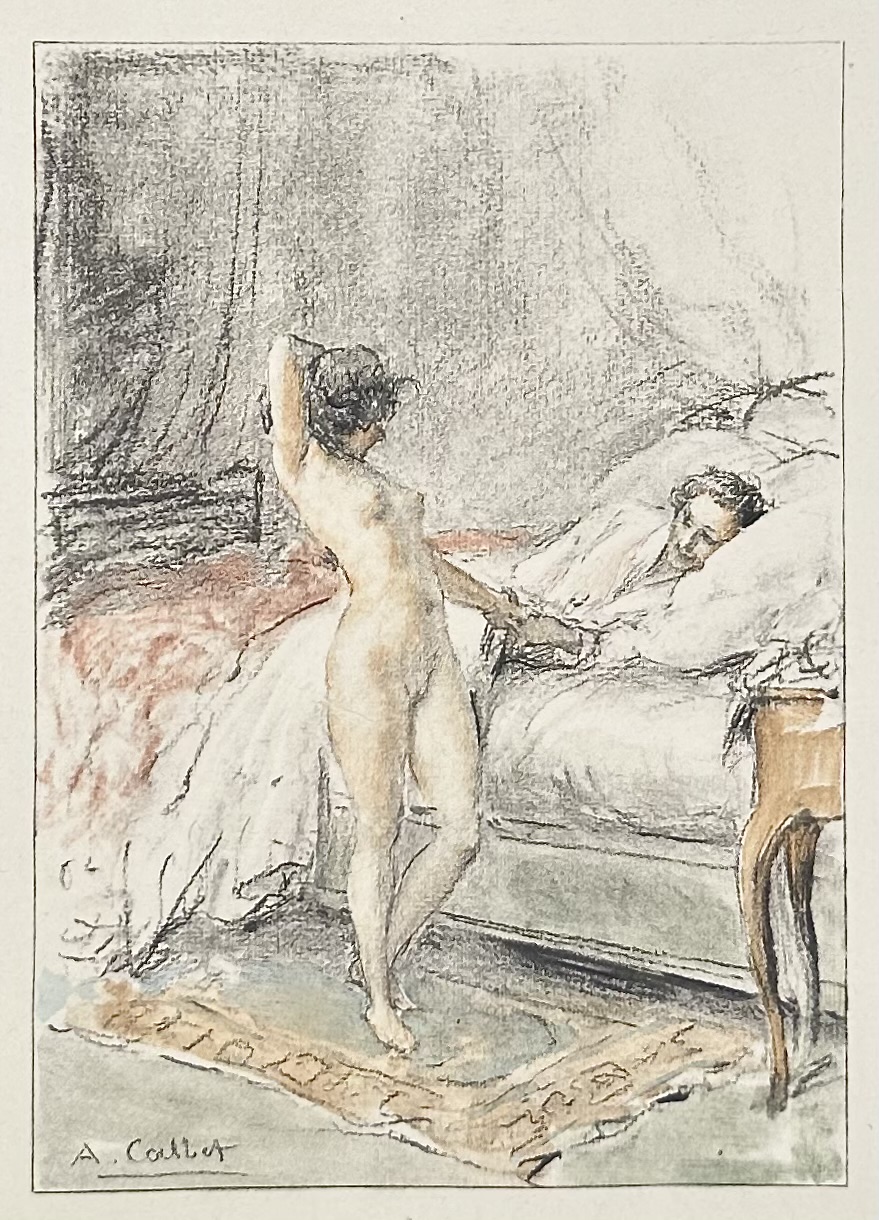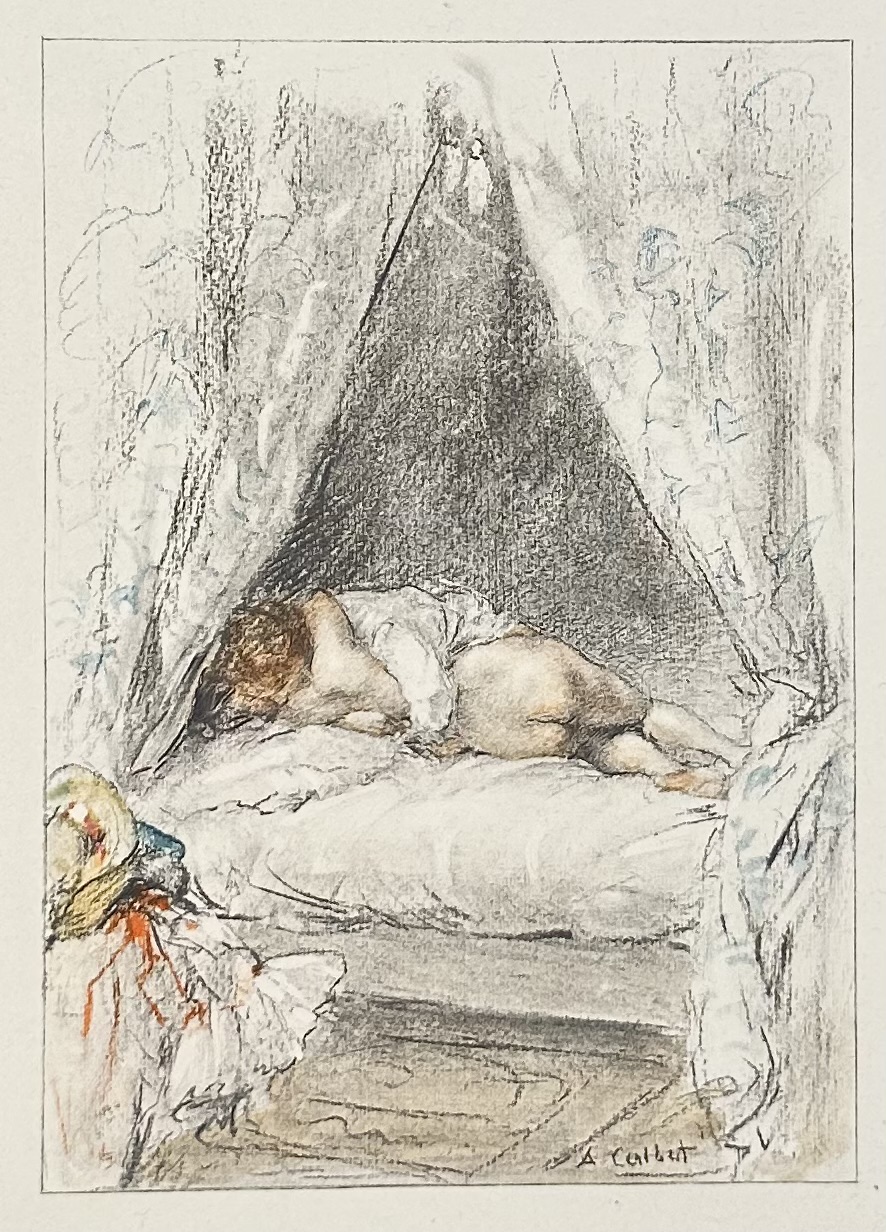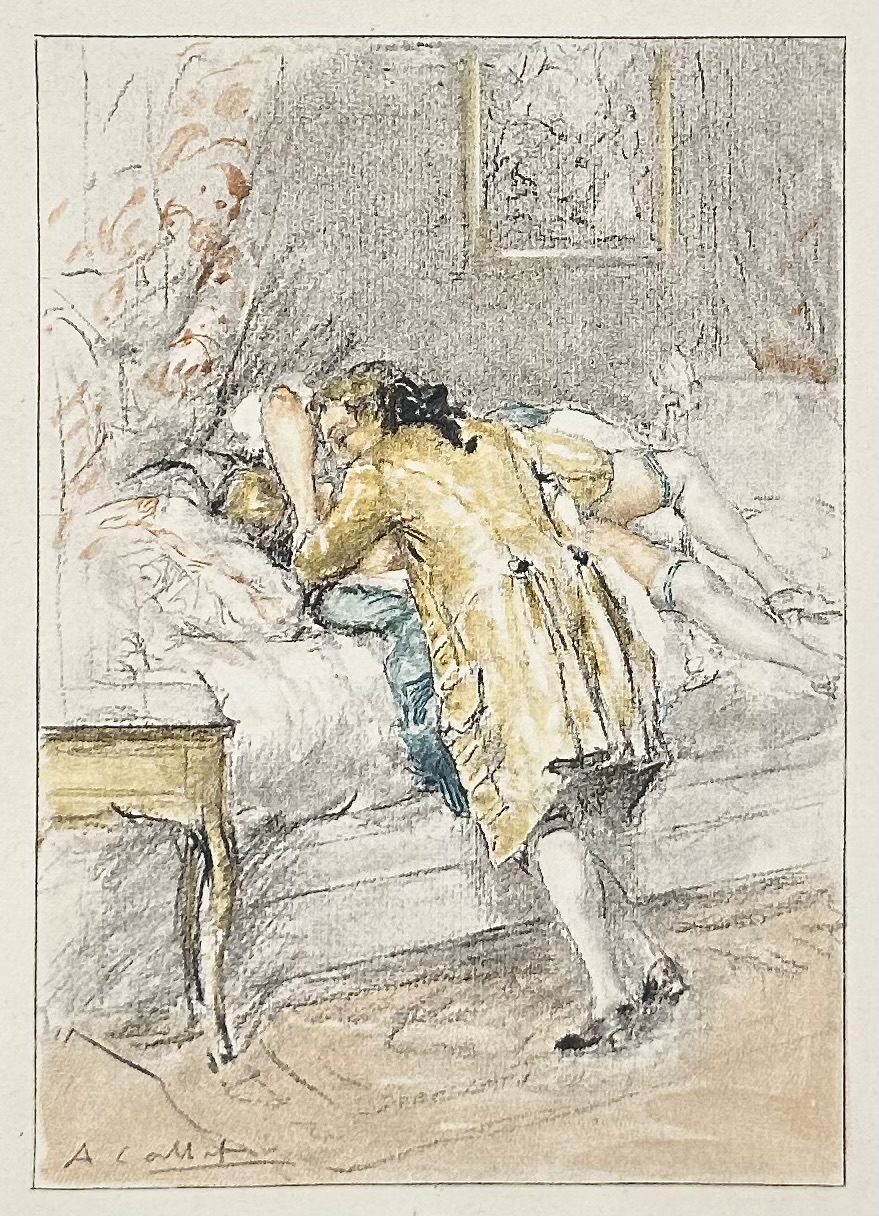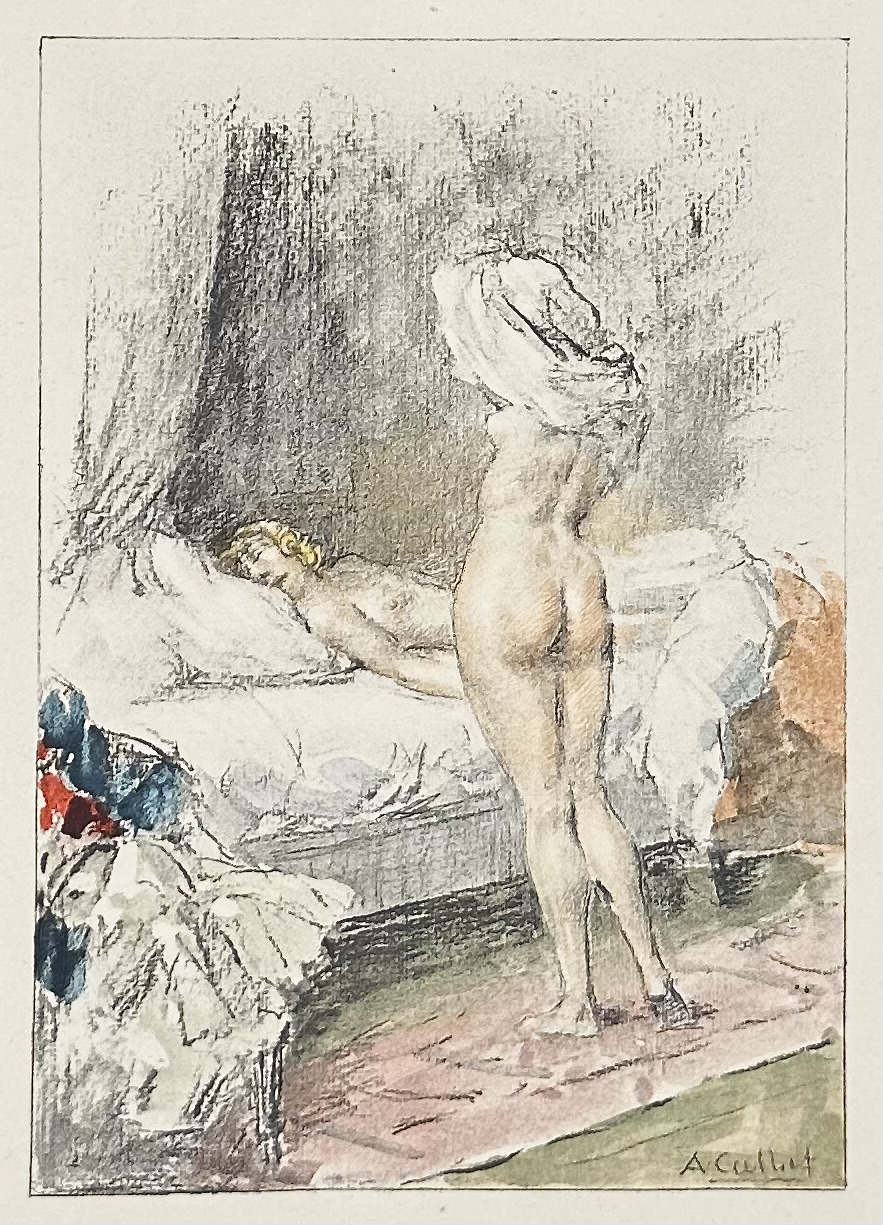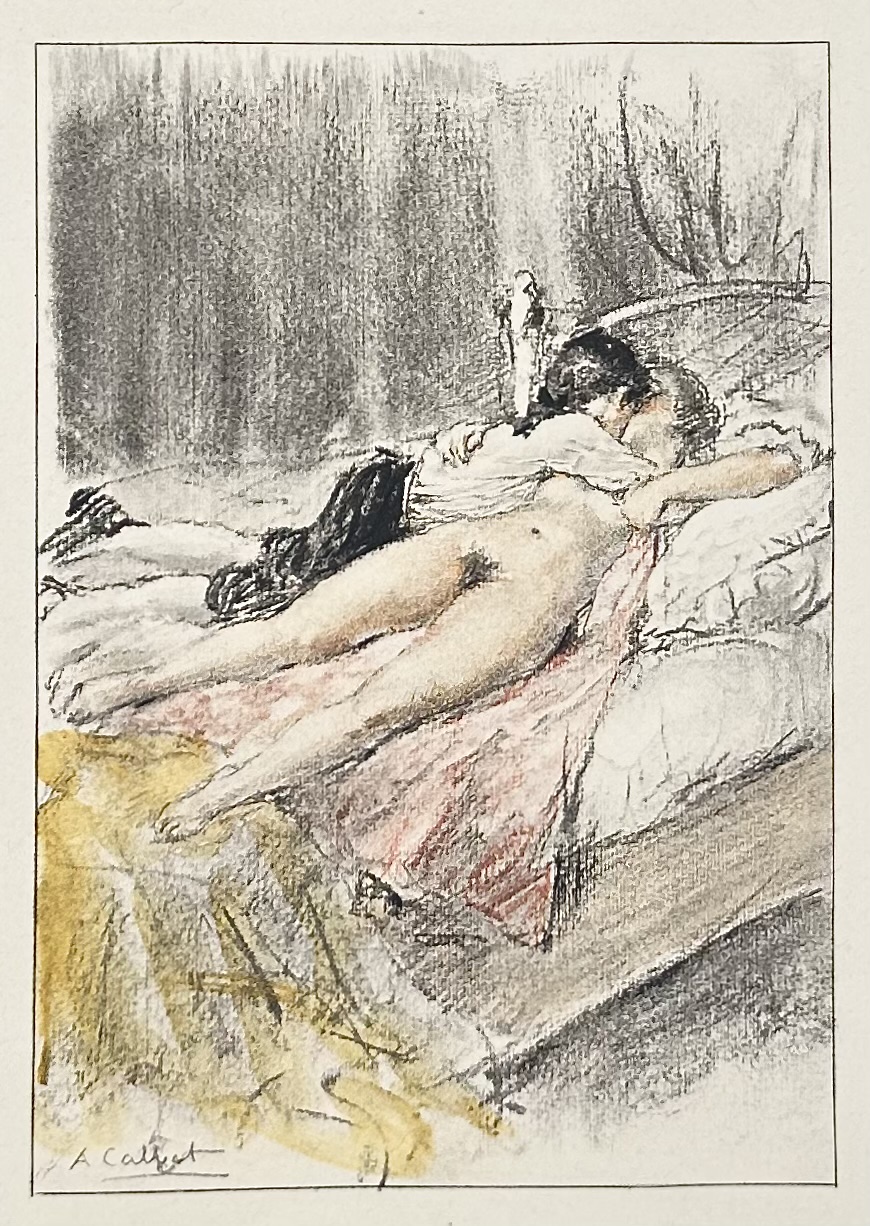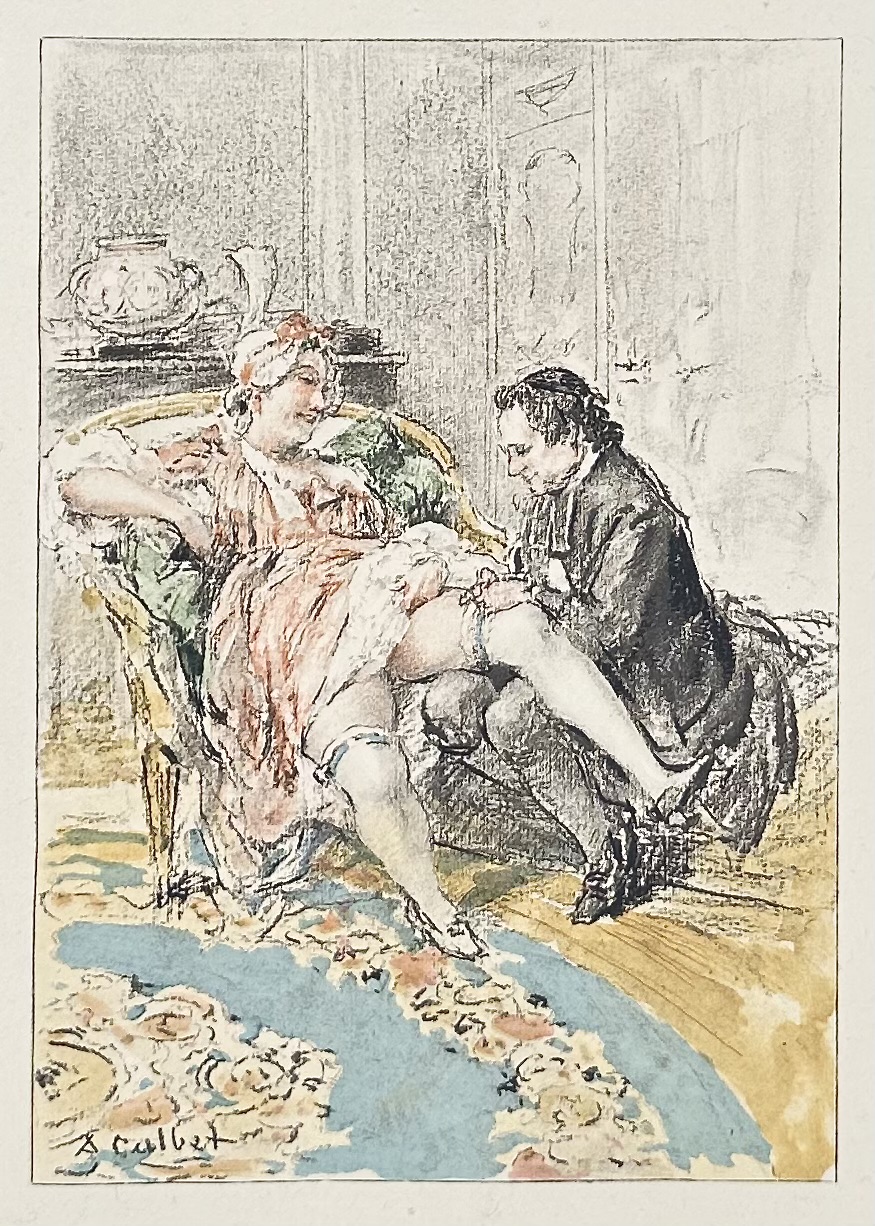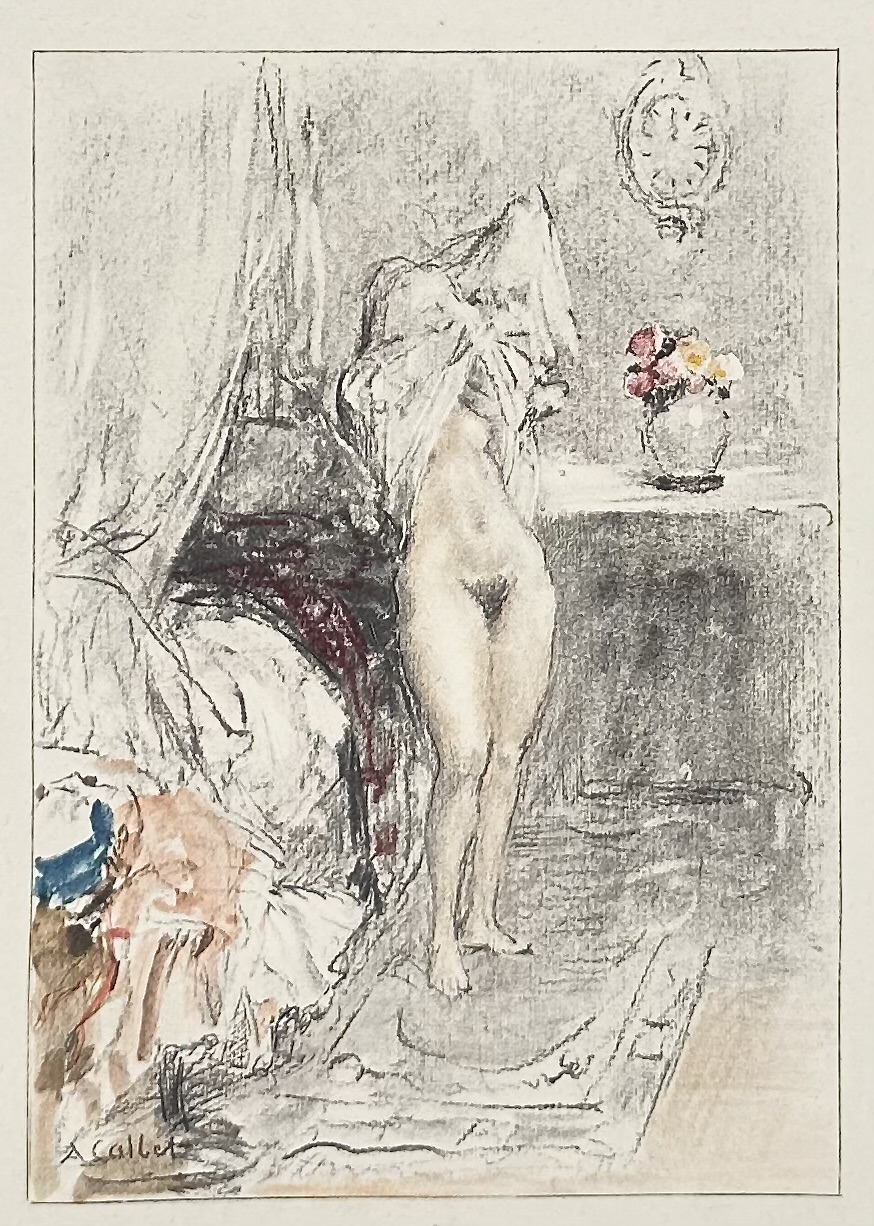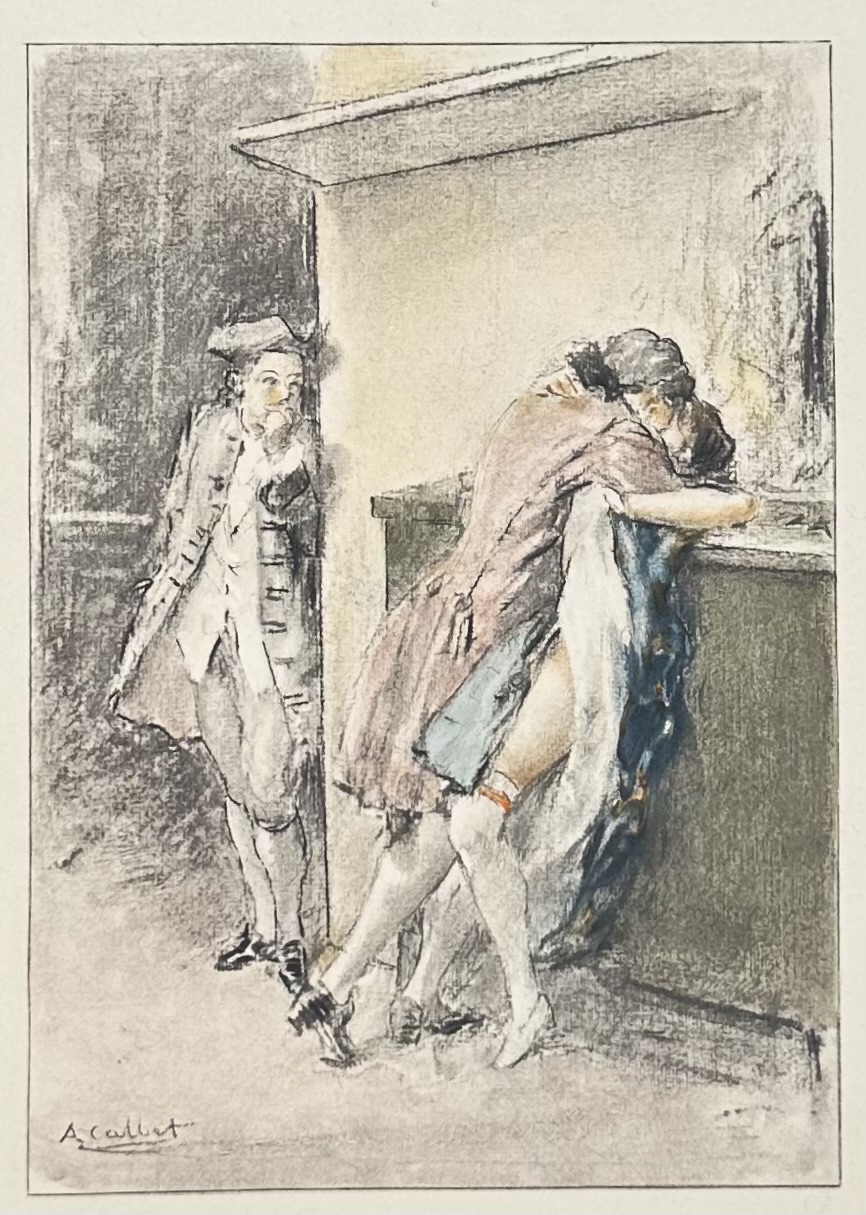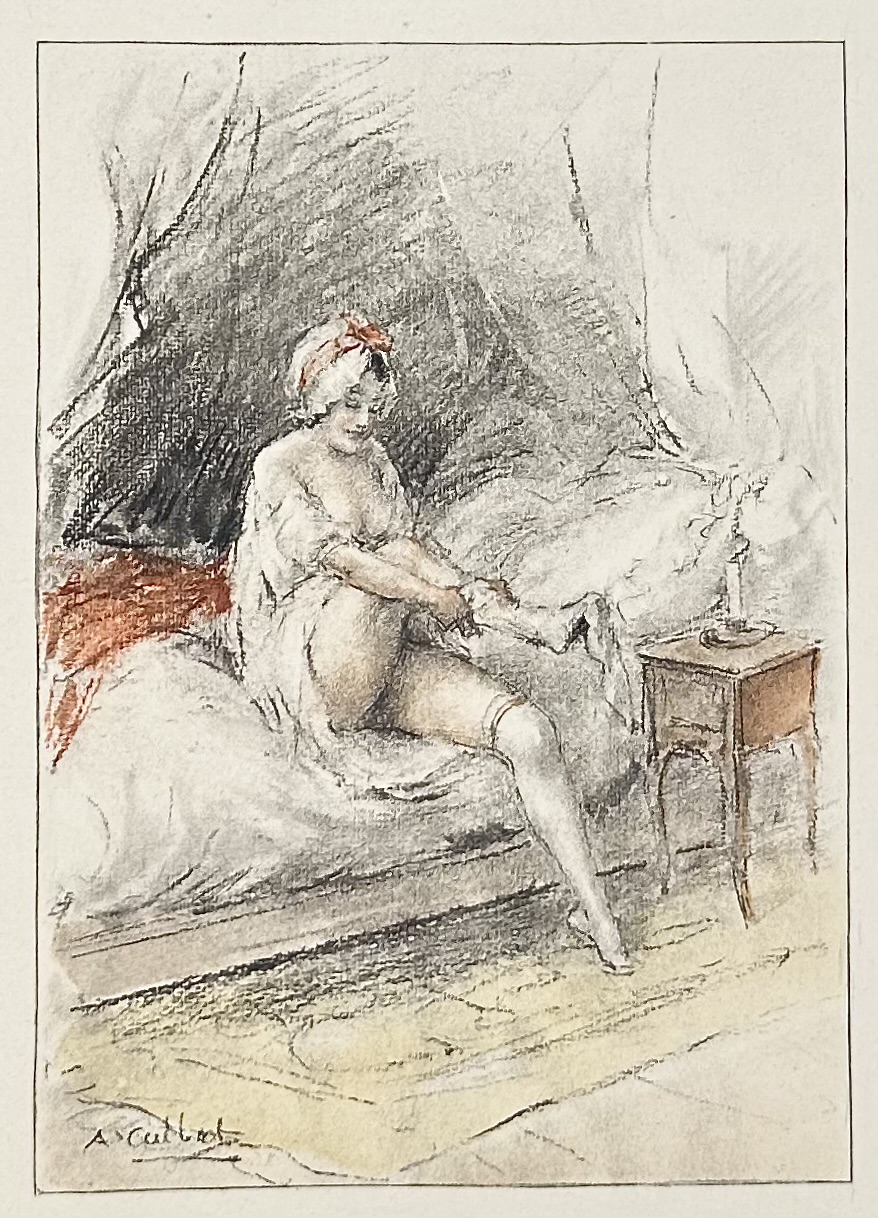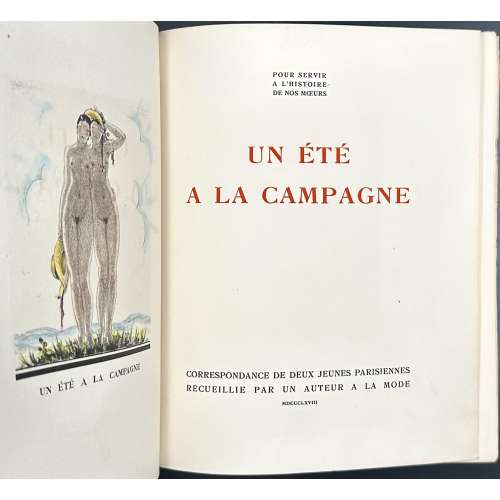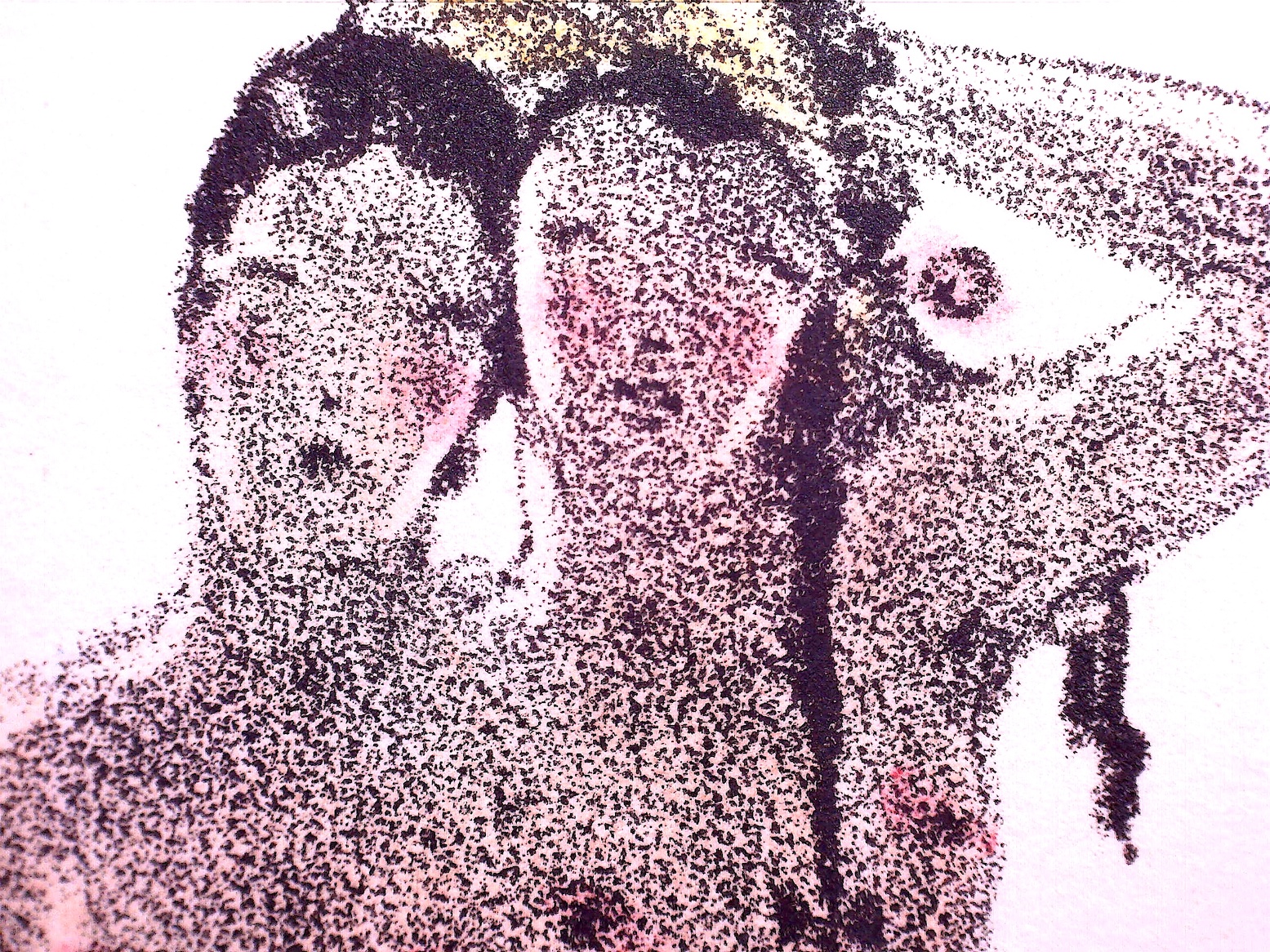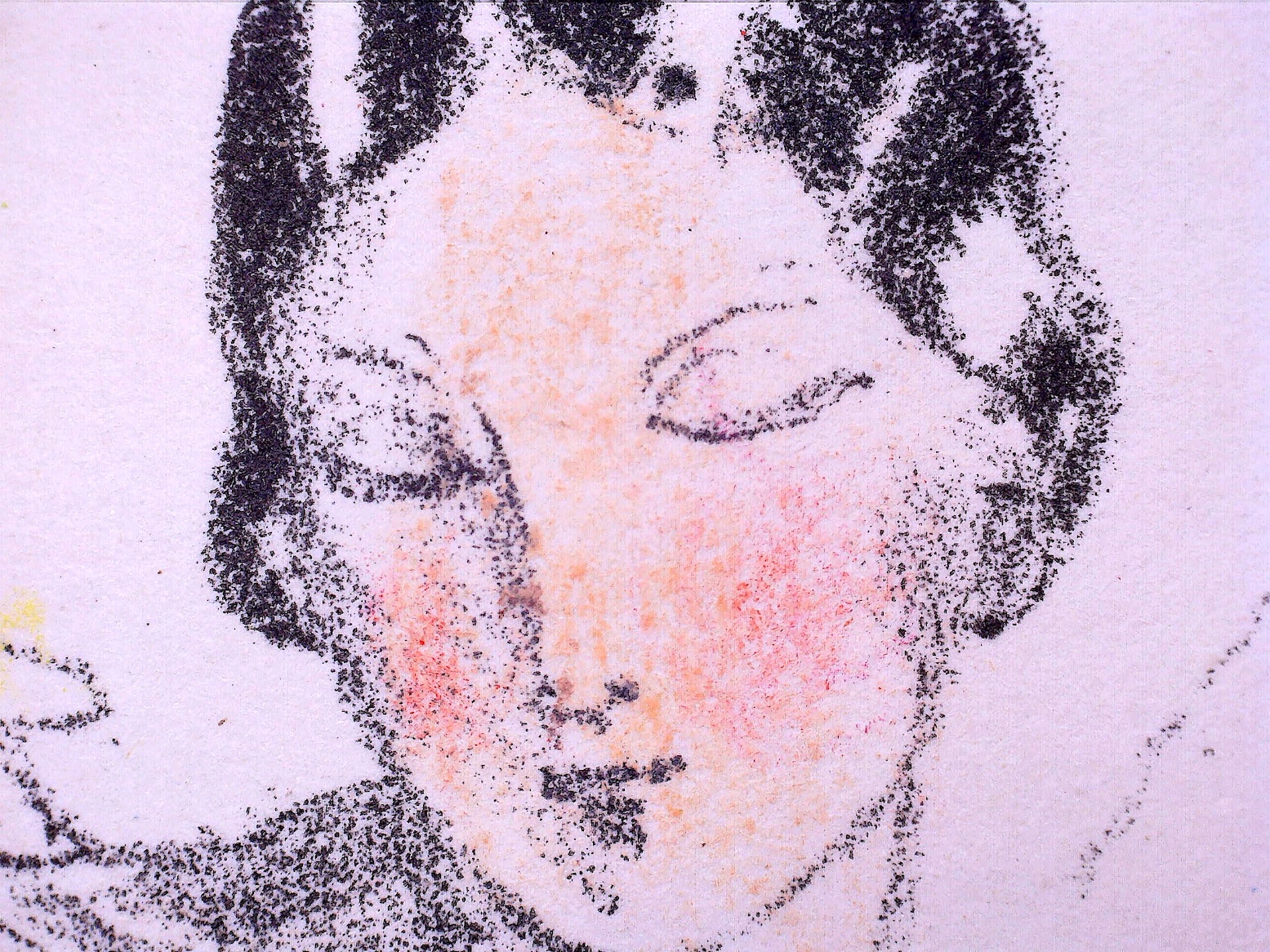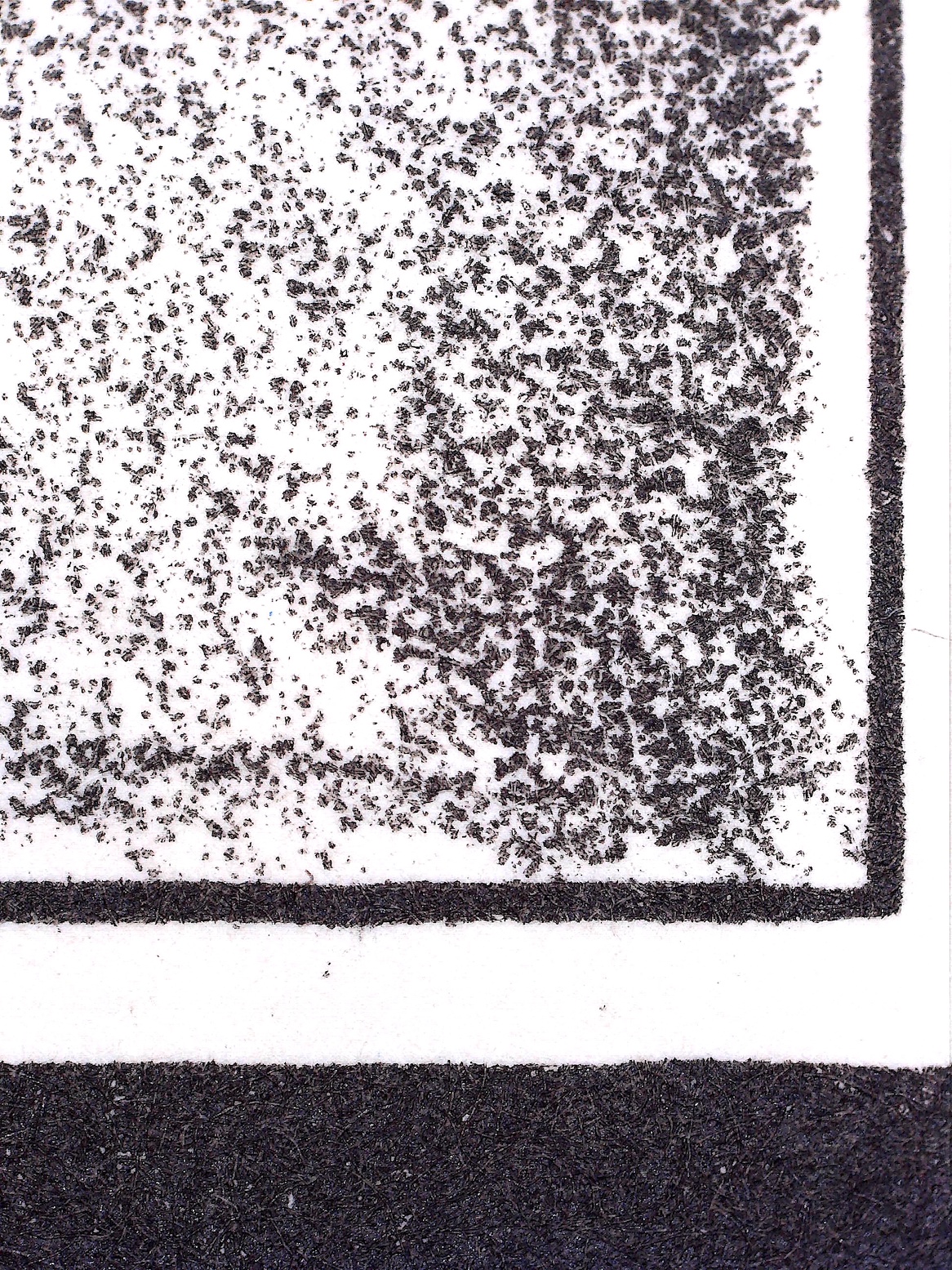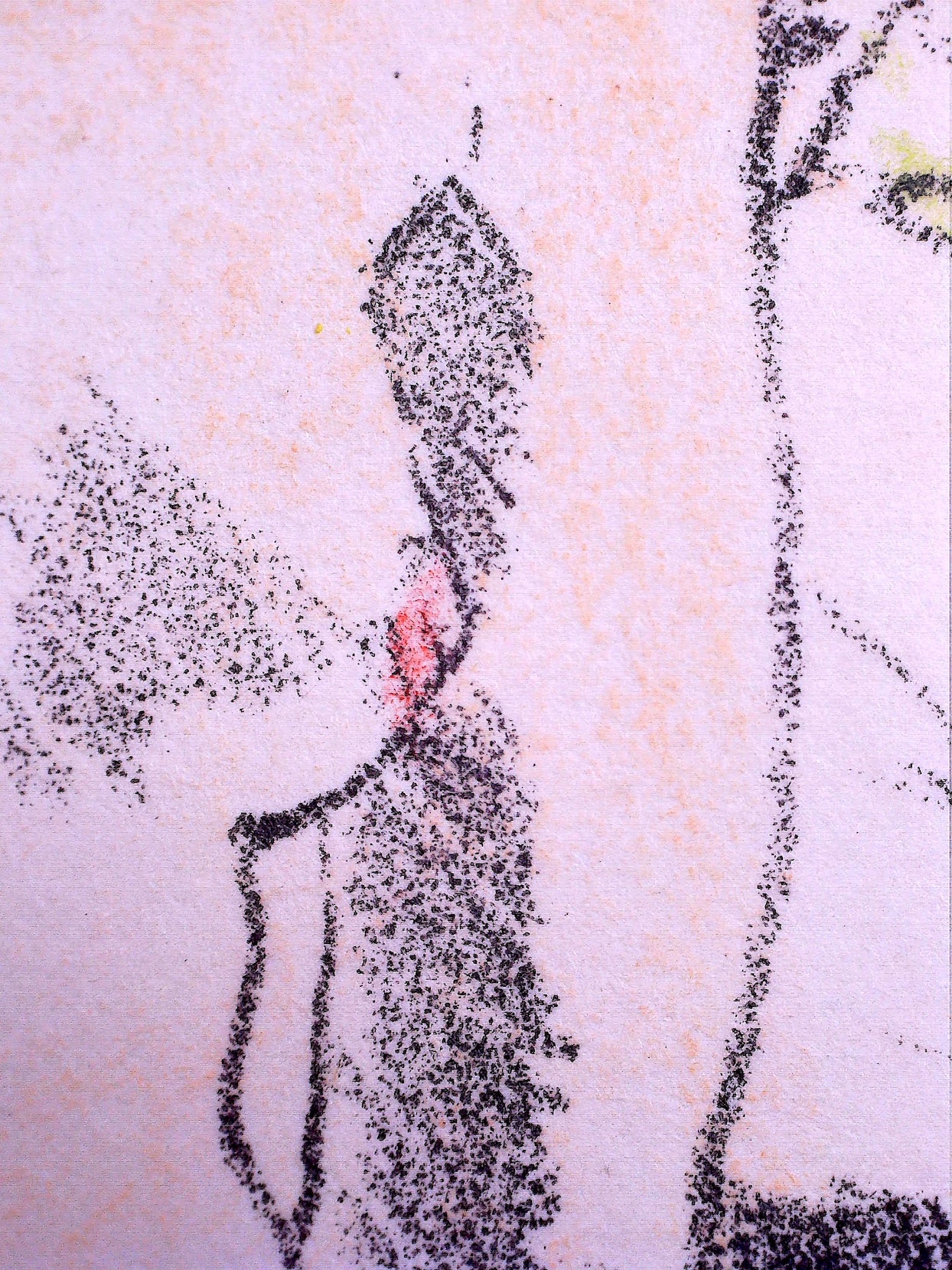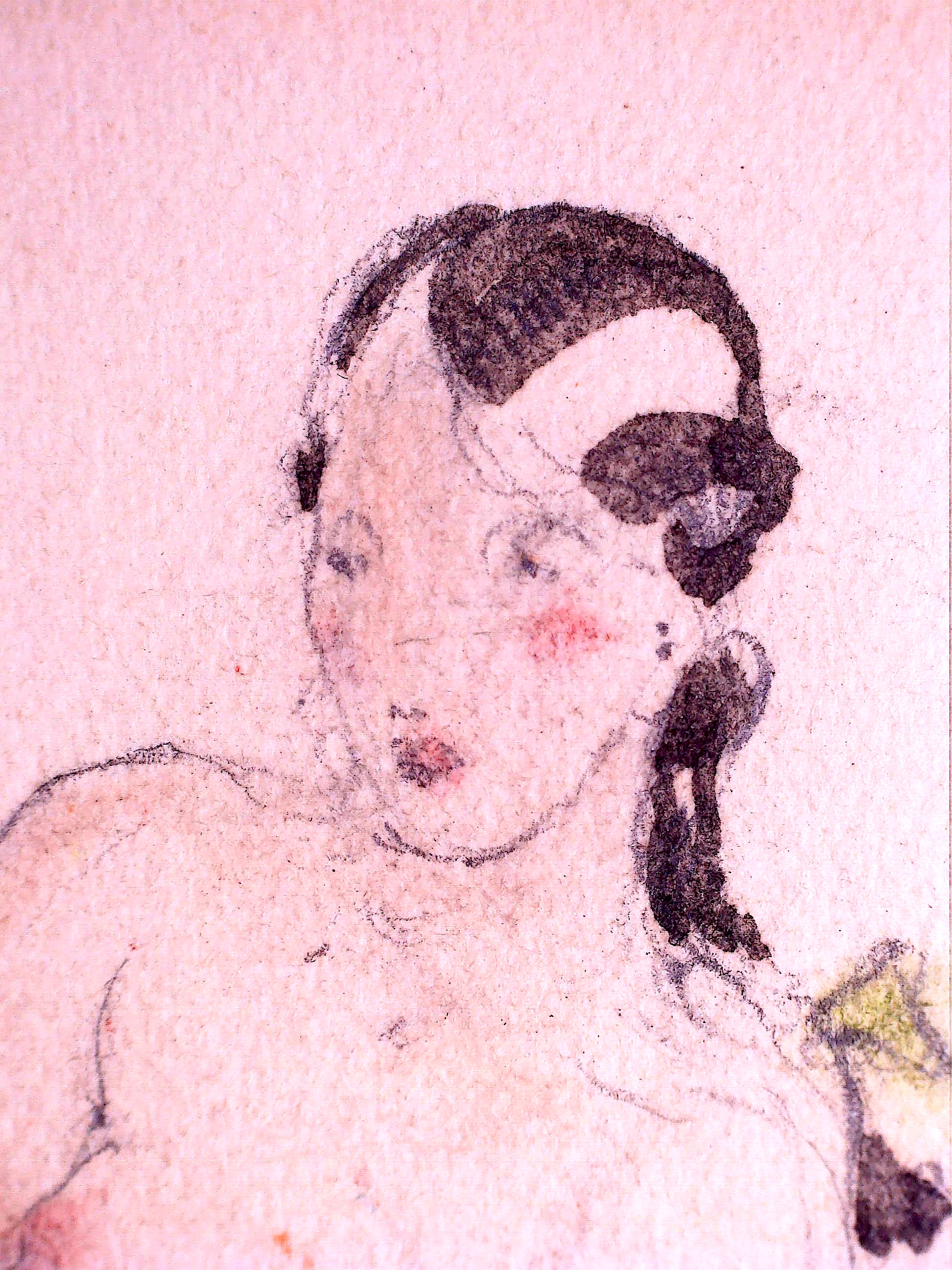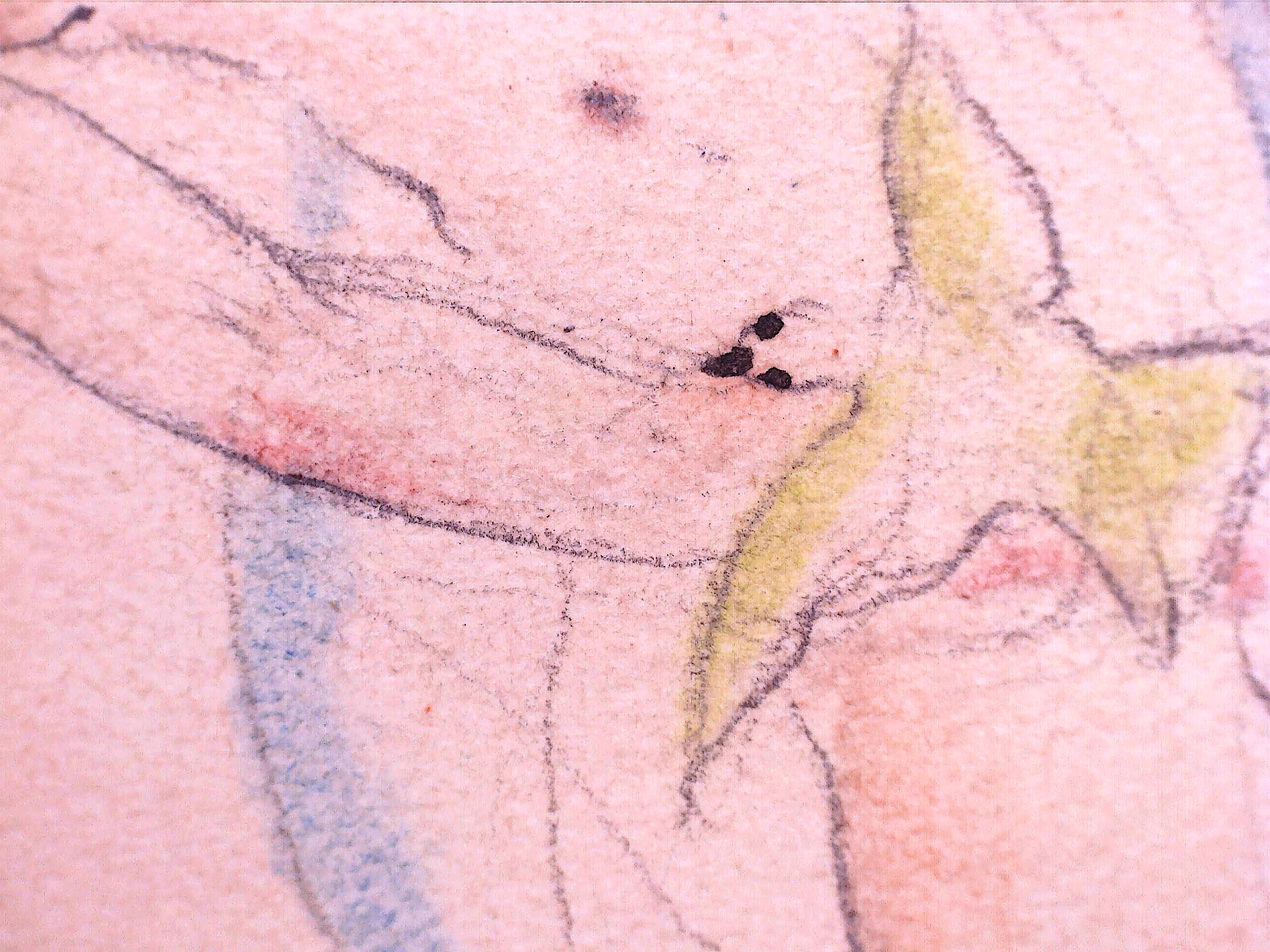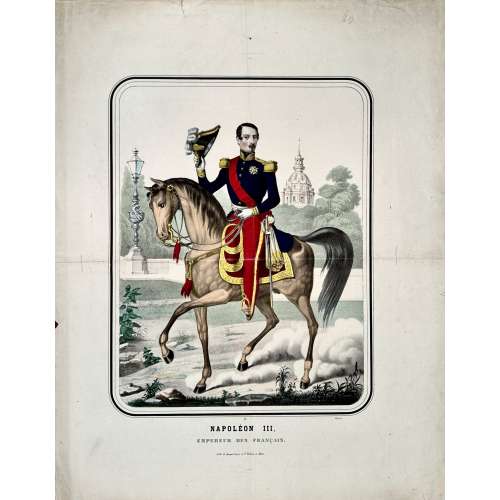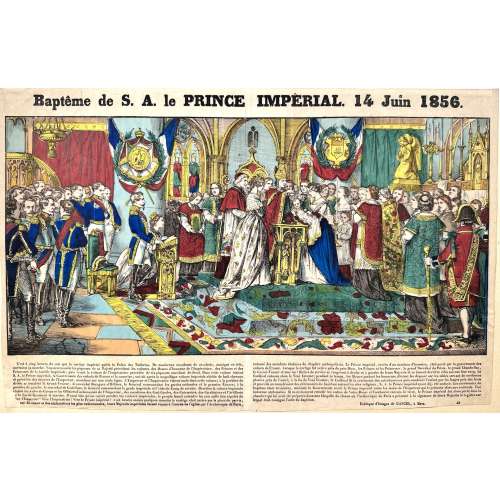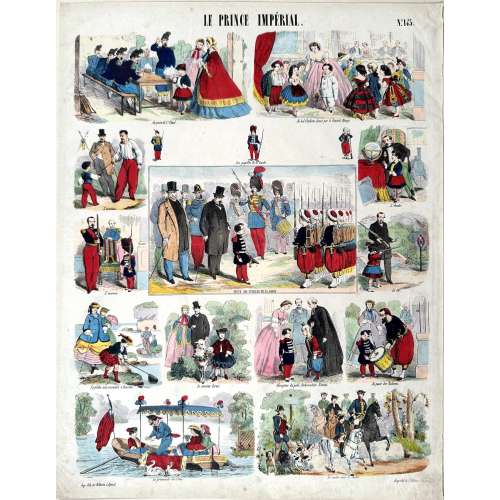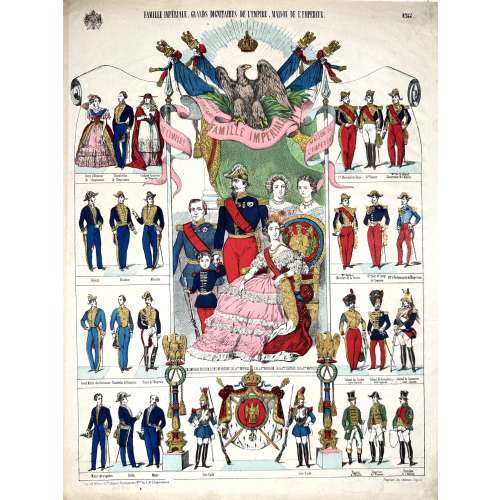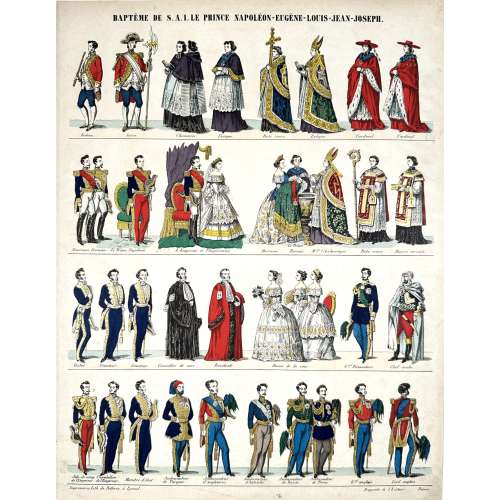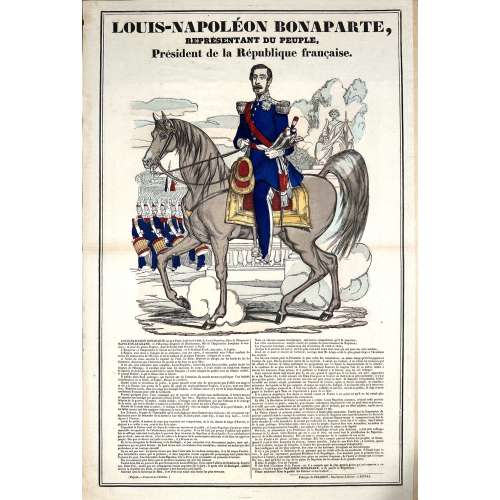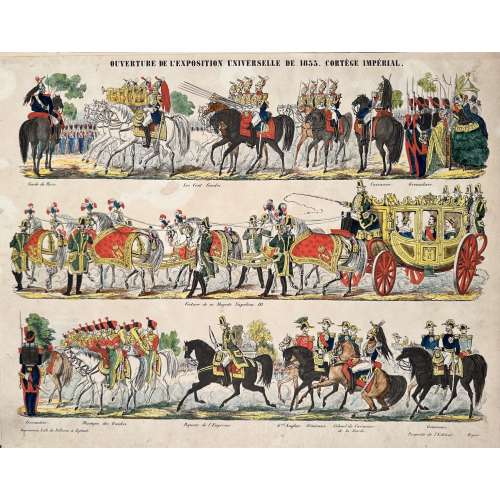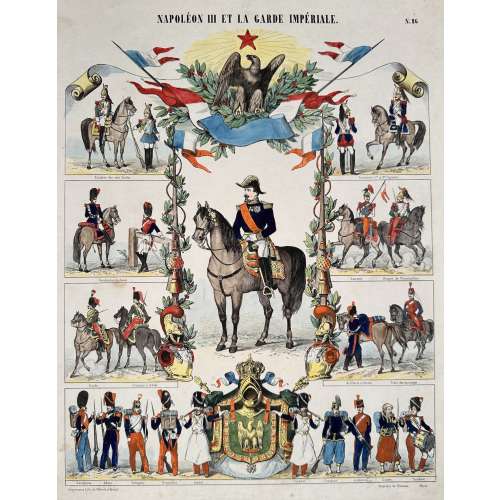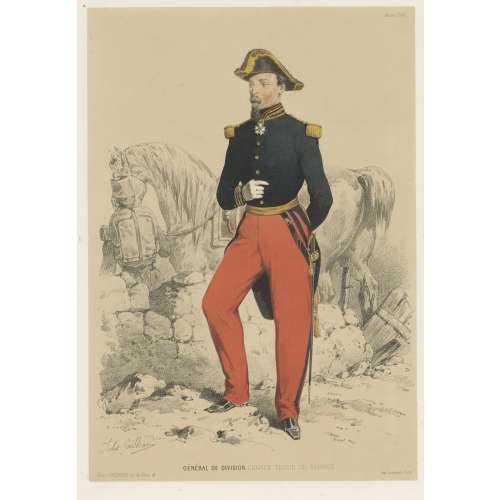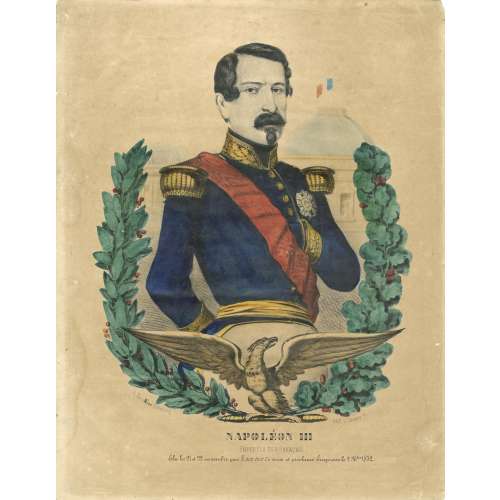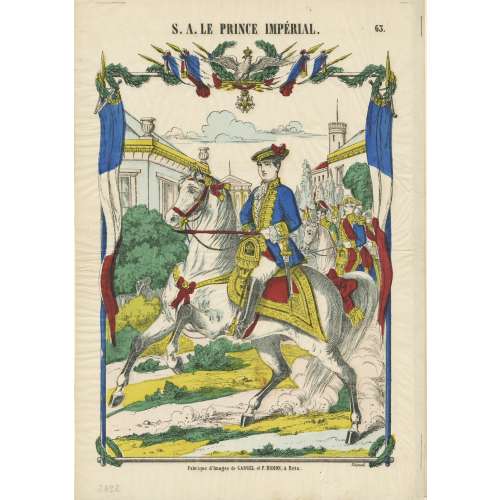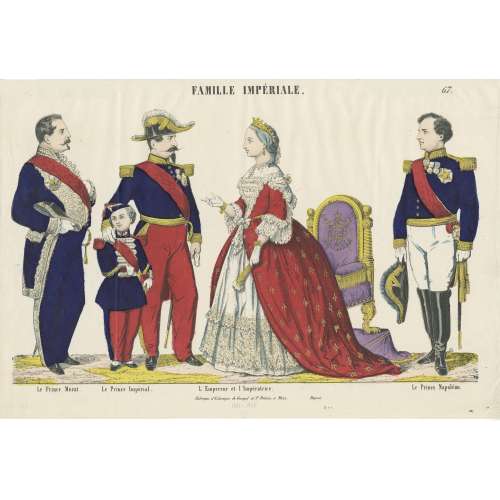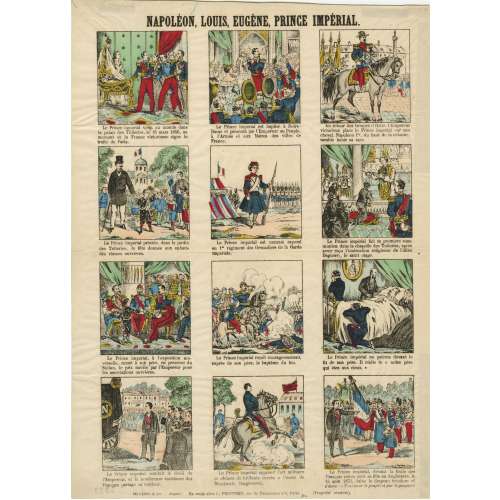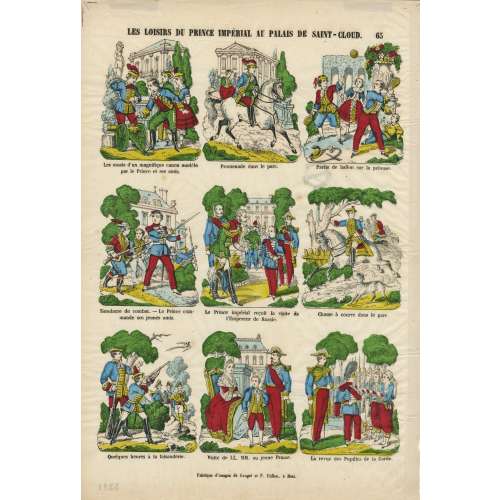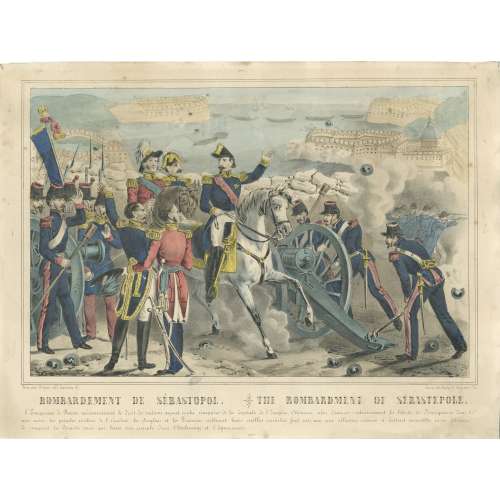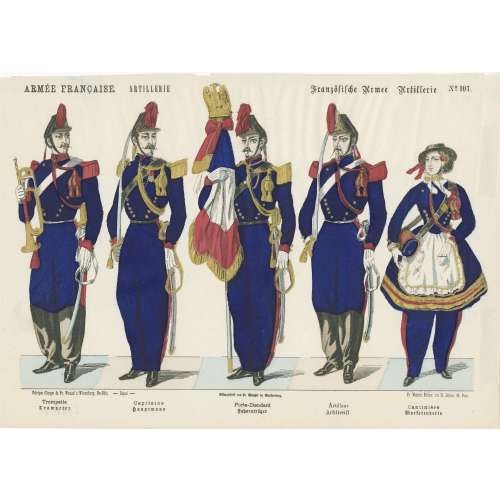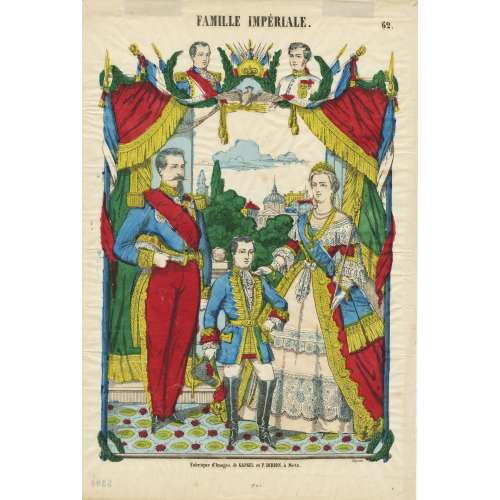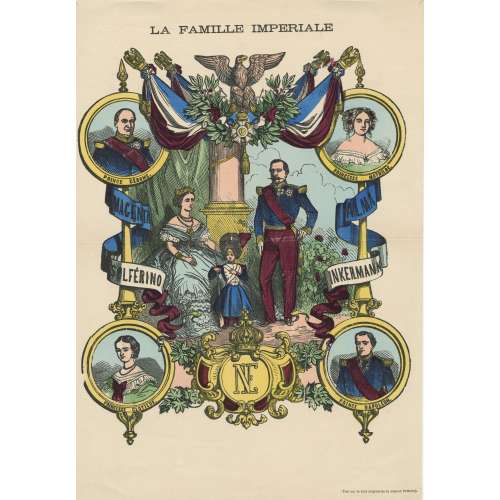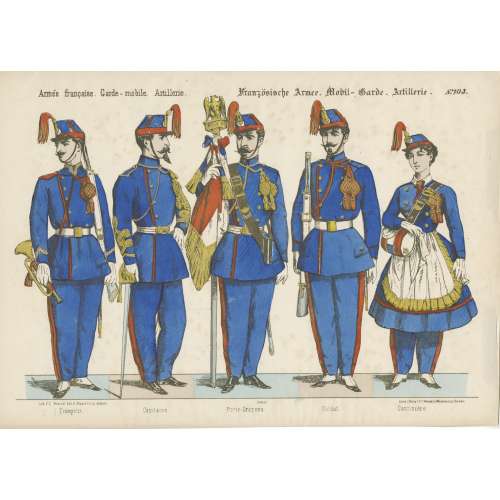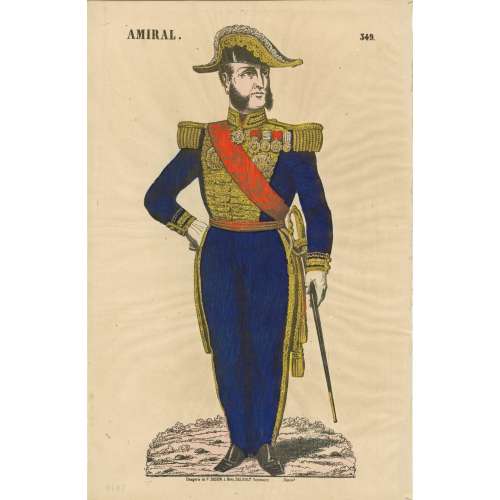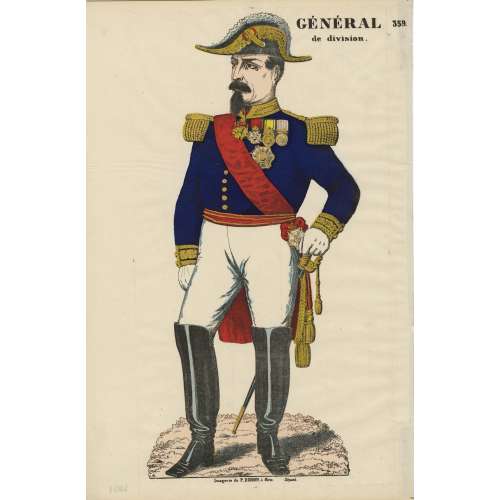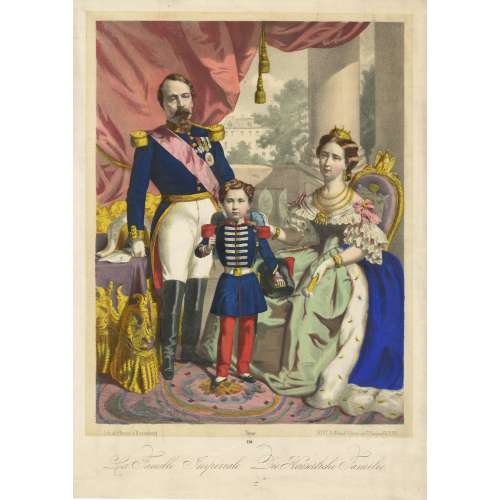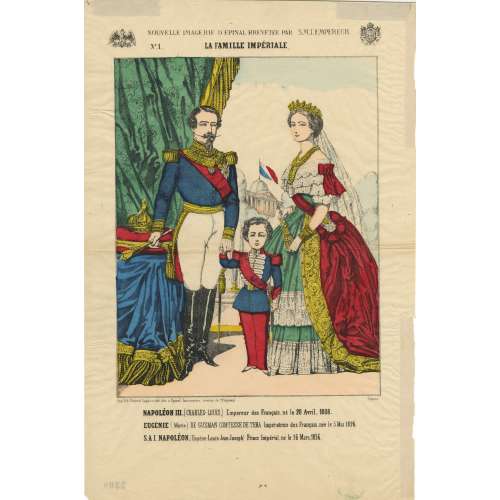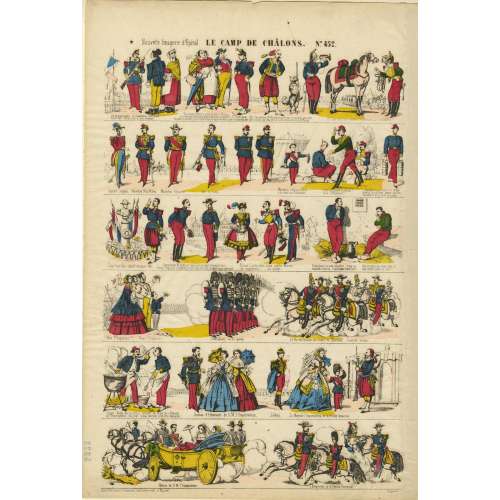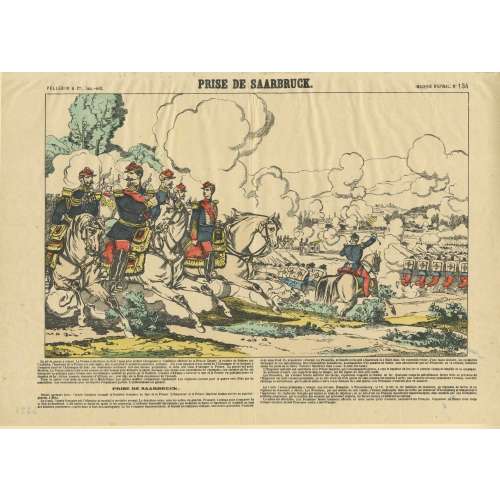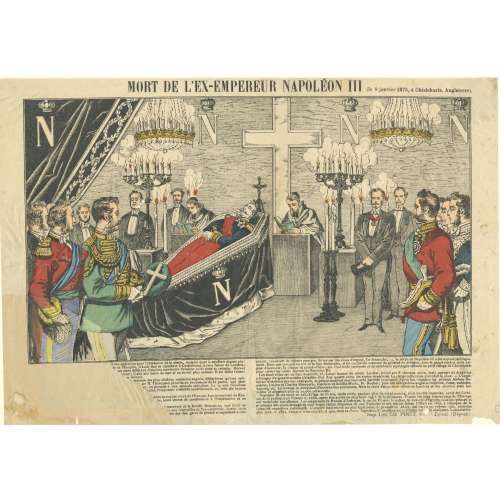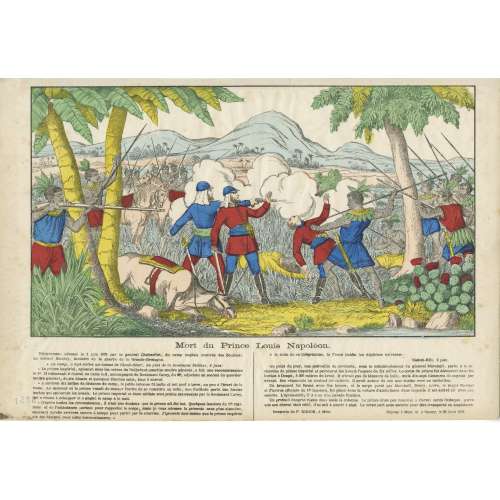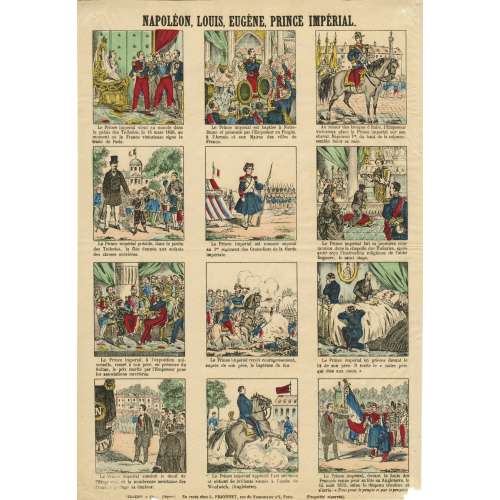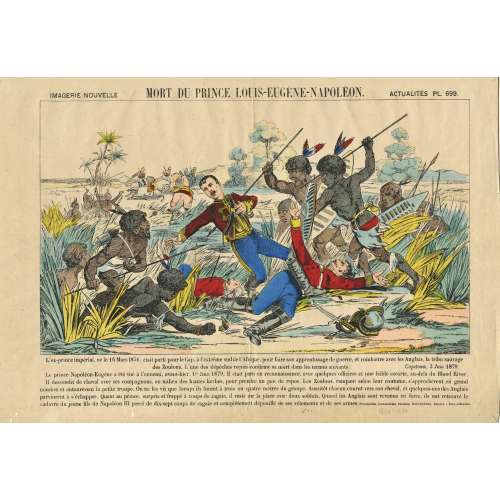Hardcover, 255 x 200 mm, ¾ green morocco over marbled boards, gilt lettering to spine with raised bands, grey laid paper endpapers, Serge Golifman’s bookplate pasted to verso, 3 ffl, orig. wrappers, incl spine, preserved; collated: 2 blanks, h.t., t.p., 14 leaves of text; faux t.p.
Éloge de la marquise de Beausemblant, 6 leaves of text, colophon (limitation), 2 blanks, 3 ffl, unpaginated, plus 7 leaves of plates, incl. frontispiece. Publisher's wrappers 250 x 190 mm.
Title-page (red and black):
PAUL MORAND |
LES PLAISIRS |
RHENANS |
orné de sept lithographies originales |
et coloriées à la main |
DUSSELDORF |
Librairie Leocadia ||
The front wrapper is the same, in black only.
Limitation: Cette édition, imprimée pour une Société de Bibliophiles, a été tirée à 107 exemplaires hors commerce, savoir: exemplaires sur vieux japon, numérotés de 1 à 7, et 100 exemplaires sur vélin d'Arches, numérotés de 8 à 107. Les lithographies ont été tirées sur presse à bras et coloriées à la main. Les pierres ont été poncées après tirage. Exemplaire N° 81. [The edition was printed for a bibliophile society in 107 non-commercial copies: 7 copies on “vieux Japon” paper, numbered from 1 to 7, and 100 copies on “Arches Vellum”, numbered from 8 to 107, of which this is copy № 81].
An unauthorized (pirated) edition of two short stories by Paul Morand, initially published in “
L’Europe galante” by
Éditions Grasset in 1925:
Les plaisirs rhénans and
Éloge de la marquise de Beausemblant; illustrated with 7 lithographs coloured with crayons after Gaston-Louis Roux, printed by Mme Duchatel; the stones were then destroyed (sanded).
According to Pia: « Pour le principe, semble-t-il, Bernard Grasset à qui aucune autorisation d’éditer ainsi ces deux nouvelles n'avait été demandée, déposa une plainte contre X... en contrefaçon. L'enquête judiciaire, si enquête il y eut, n’aboutit pas. Le tirage de l’édition « pirate » avait été si restreint que tous les exemplaires en avaient été vendus sitôt parus. Le coupable, en l’occurrence René Bonnel, ne fut pas inquiété ».
Dutel attests: « Un des personnages, subissant une agréable fellation, représenté sur l'une des lithographies, ressemble fort à Paul Morand qui en avait pris ombrage! »
Comment by the seller: L’ouvrage est d’autant plus rare que Morand lui-même, mécontent d’une des gravures qui le représente en position intéressante, fit détruire une partie des exemplaires.
Resume: While Bernard Grasset opposed the pirated edition on copyright infringement grounds, Paul Morand was enraged by his resemblance to the depicted character; the latter destroyed as many copies of the edition as he could, so only a few still exist. The print run of the "pirate" edition was so limited that all the copies were sold as soon as they were published.
Catalogue Raisonné: Dutel III № 2215 (p. 321) ; Pia : № 1056; Nordmann (I) № 281.
Contributors:
Paul Morand (French, 1888 – 1976) – author
Gaston-Louis Roux (French, 1904 – 1988) – artist
René Bonnel (French, 18841 – 1975) – publisher
Bernard Grasset (French, 1881 – 1955) – publisher


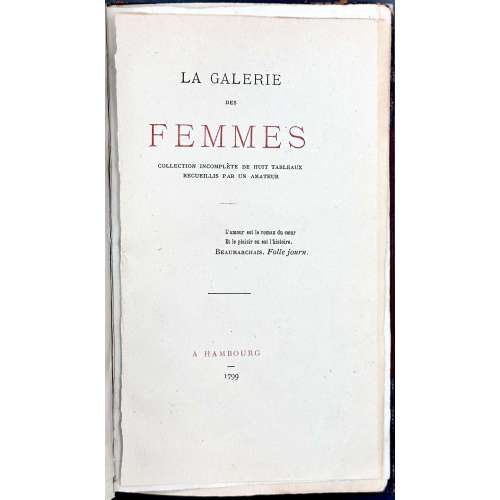

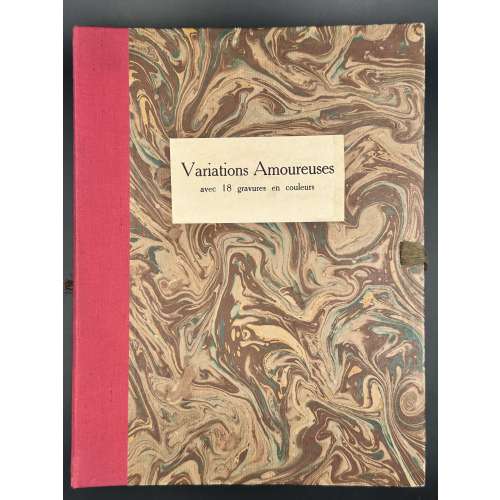
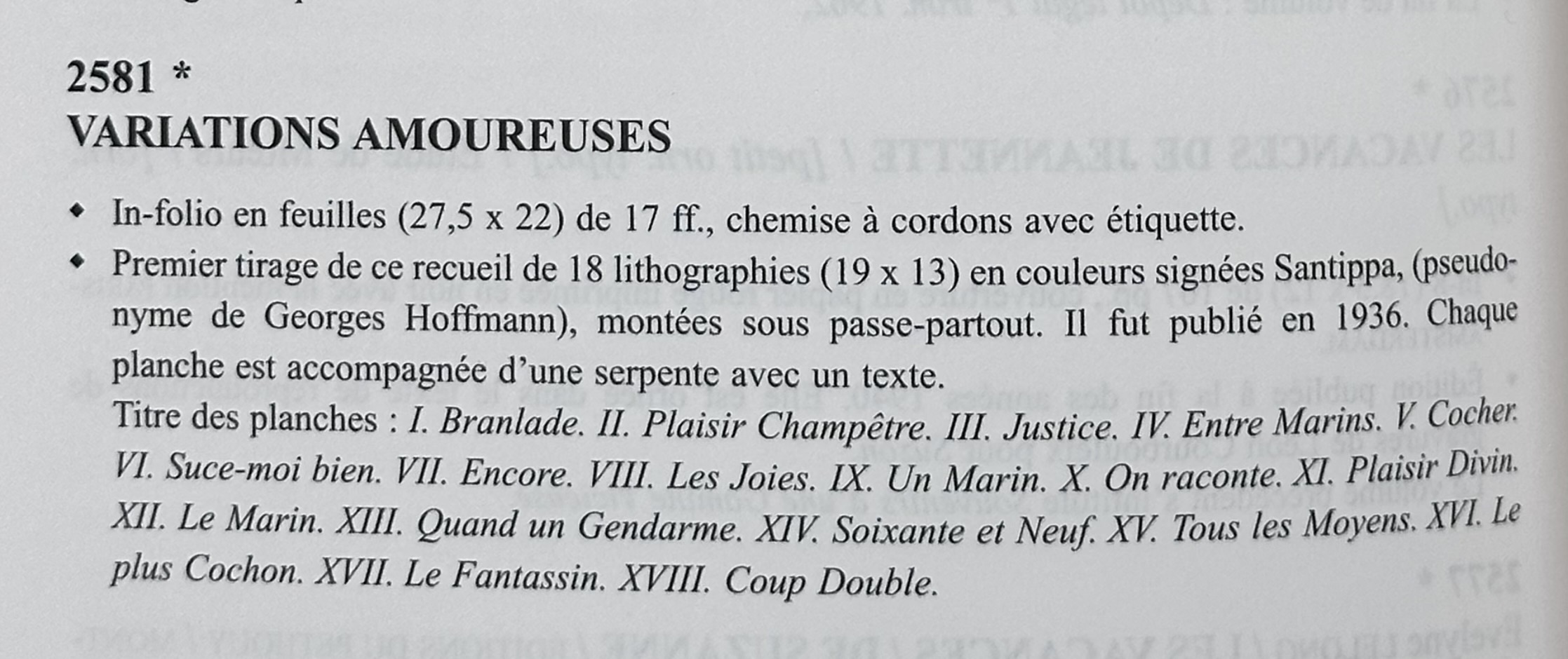
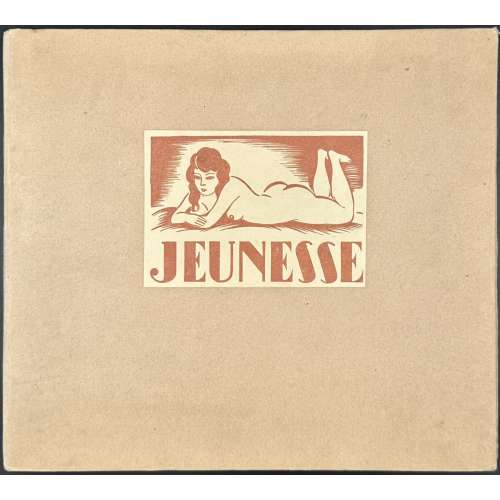
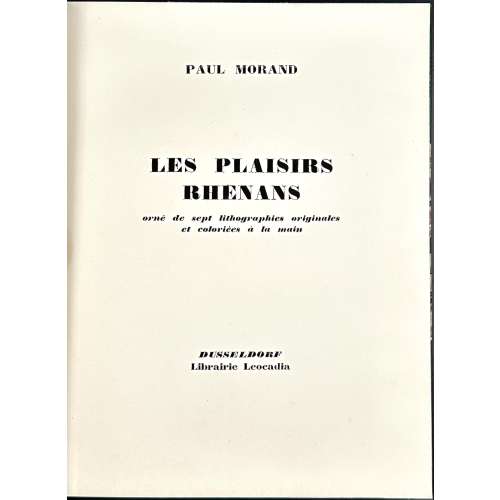
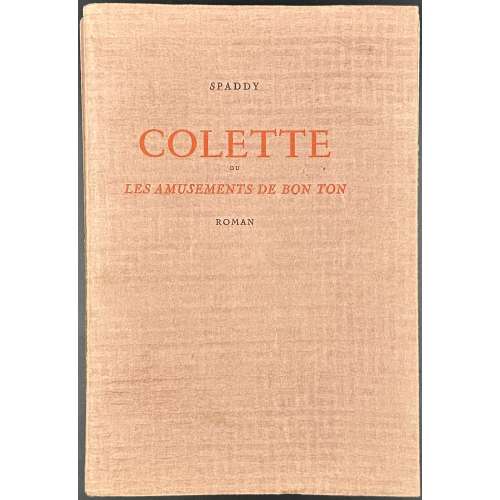
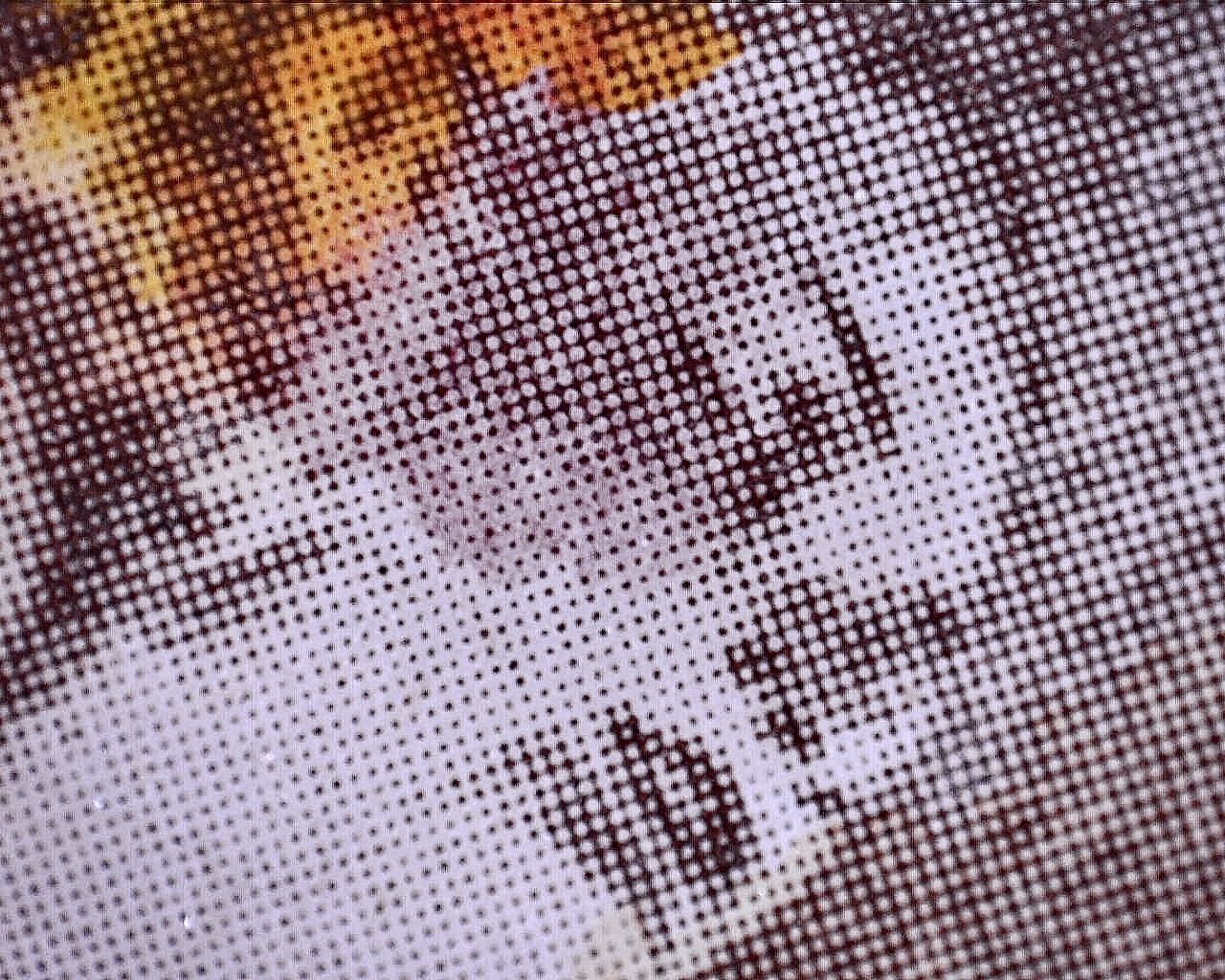 Title-page (red and black): SPADDY |
Title-page (red and black): SPADDY | 